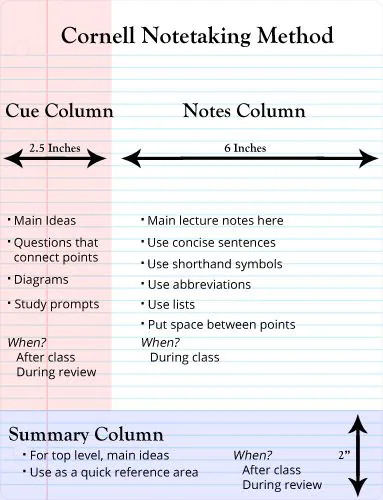
This logo isn't an ad or affiliate link. It's an organization that shares in our mission, and empowered the authors to share their insights in Byte form.
Rumie vets Bytes for compliance with our
Standards.
The organization is responsible for the completeness and reliability of the content.
Learn more
about how Rumie works with partners.
Taking notes, whether on a device or on paper, can be very difficult. Think back to your last note-taking session.
Did your stomach drop when you opened that book or stumbled across that all-important article, only to find that everything was important?

You probably sat there and either decided that it was all too much, or you began furiously rewriting or typing a word-for-word copy of the book.
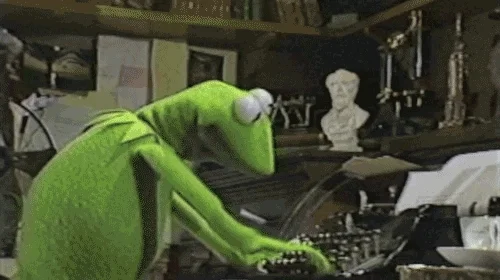
What is the Cornell Note-taking Method?
The Cornell note-taking method uses psychological concepts around memory to help you to write down short notes, store information you've recorded, and revisit it so many times you'll be reciting it in your sleep.

To begin, separate your page into two columns. One column is a thin column and the other will need to be a wider column.
Title your left column as a "Cue" column. This is where you'll write questions to try and remember your notes or keywords that you can connect to the information in the notes.
Title your right column as a "Notes" column. This will be where your record the main portion of your notes.
Section off the bottom of the page for a "Summary" column. Use this space to sum up your lesson.
Have a look at the example below. It covers the Cornell note-taking method for lectures, but you can use the same format for your course readings.
The "Notes" Column
This is the hardest part of the overall process.
You might feel that your notes must be perfect and contain as much information as possible from the book or article you're reading. But really, not everything is relevant.
The notes you take are just for you and no one else, so you can put as little or as much as you want in them.
To avoid feeling like you're just re-writing your textbook, use informal note-taking.

Informal notes are notes that you take for your eyes only. They can be incomplete sentences, lists, pictures, and diagrams. They don't need to be word-perfect.
Here are some strategies to make good, informal notes:
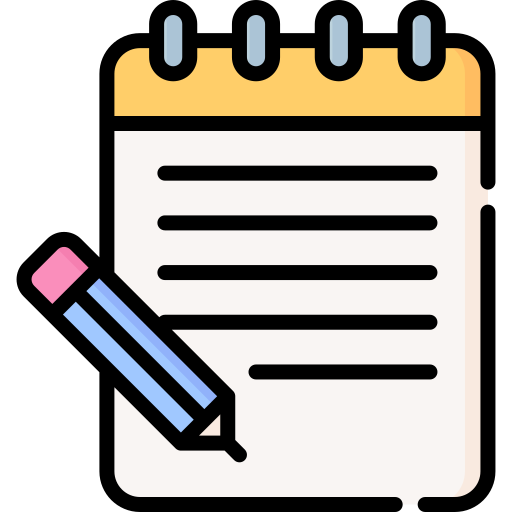
Use shorthand language for unnecessary words or repetitive words.
For example, you could use w/ instead of writing the word with and w/o for without.

Use symbols and pictures where possible.
Sometimes it's easier to draw a symbol or picture to speed up time. Like using & or + for "and".
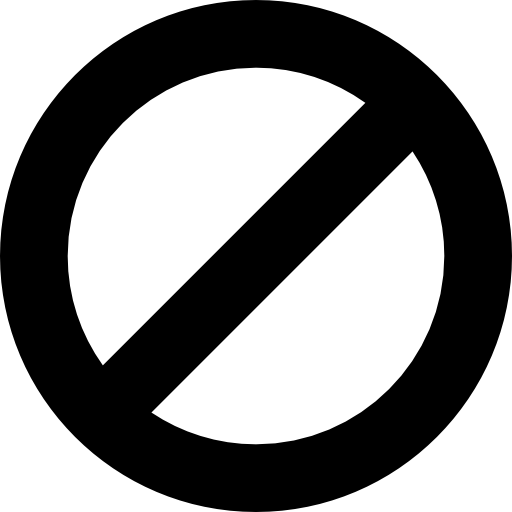
Skip unnecessary filler words.
You don't need every word within the sentence to understand the essence of the reading. Just make sure not to get rid of the main points.

Use acronyms for phrases used a lot.
For example, when reading about the Great Fire of London, you could use the acronym GFOL each time to shave off important seconds.
Quiz
Which filler words would you get rid of in this sentence? "The Cornell Method is effective for studying."
The obvious choices would be "the" and "is". By getting rid of these words, your informal sentence becomes: "Cornell method, effective for studying."
The "Cue" Column
After taking down your notes and finishing your reading, you next want to tackle your "Cue" column.
When looking through the column, think about how you can cue or recall the information you've written in the notes section.
Divide your notes into relatable sections. Then ask yourself a question where your notes would become your answer. Alternatively, think of a keyword that fits the notes you've written.
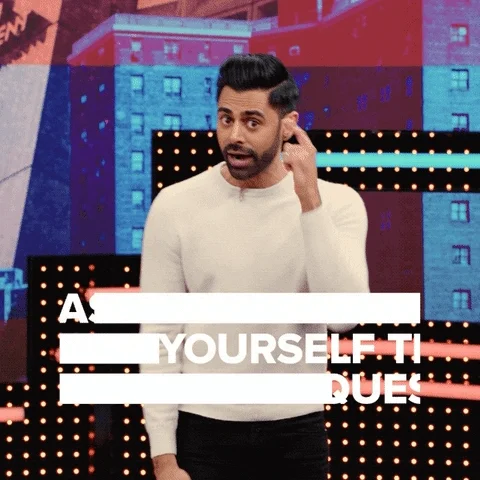
For example:
If my informal notes about the Great Fire of London were:
"Began 1666, starting at Pudding Lane."
The cue question written alongside this might be "When and where did the Great Fire of London start?" or it could be the phrase "Start of GFOL".
Quiz
What cue would be most suitable for this note? "They used buckets of water, fire hooks, squirts and gunpowder to stop the fire."
"How did they put out the fire?" is the most sensible cue question. It is specific to the information without giving the answer. "What was used?" and "Water items" aren't specific enough to help you to know what to recall.
The "Summary" Column
Summarize your notes:
This section is for even more encoding (making connections and storing information).
Summarise your whole notes page into no more than 50 words.

Summarizing your notes in this way will:
Challenge your brain to think about the information you've learned.
Encourage you to look at your notes another time.
This repetition will continue to help you remember what you have written down.
Then recite part of your notes:
Test your knowledge and what you've remembered.
The reciting part involves using your cue questions or words to remember a particular piece or pieces of information.
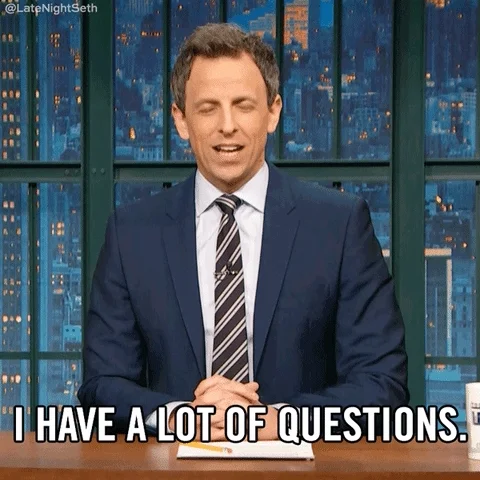
Cover up your "Notes" and "Summary" columns and use the cues that you created to test yourself on the covered-up notes.
Take Action

Improve your course reading skills with the Cornell note-taking method:
This Byte has been authored by
Louise Dunn
Learning Design Volunteer

